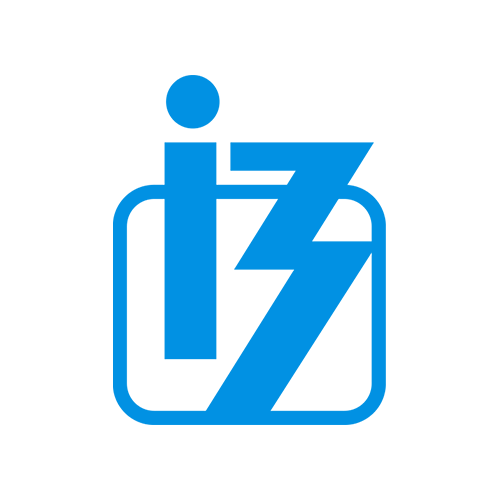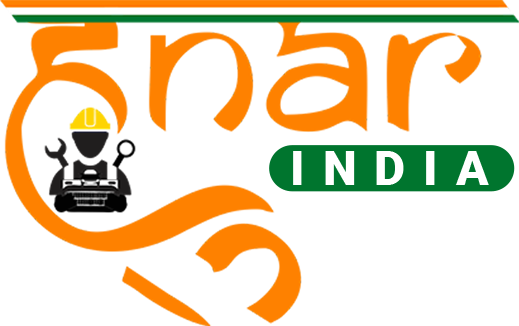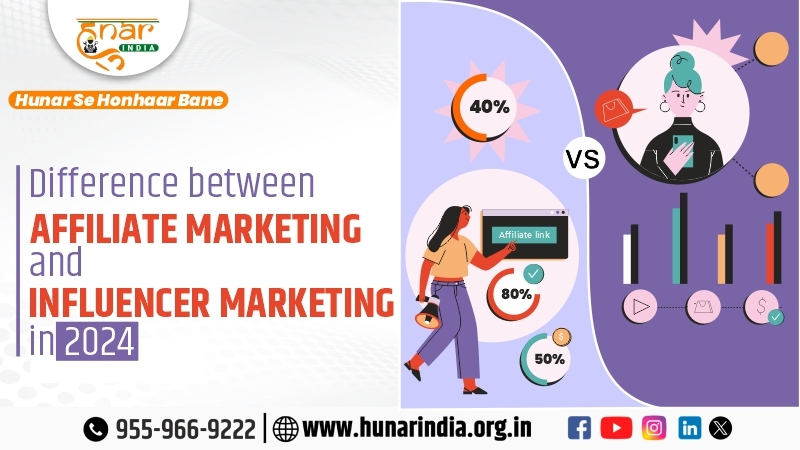Recent posts
All categories
- CBSE (4)
- JEE Main (2)
- NEET (5)
- IBPS PO/CLERK (PRE) (3)
- Bank MAINS Exams (1)
- IBPS PO/CLERK (PRE + MAINS) (3)
- SBI PO/CLERK (PRE) (4)
- Aptitude (2)
- Class 9 to 12 (1)
- Industrial Courses (1)
- Blog (169)
- Current Affair (4)
- Class 6 (1)
- IBPS RRB PO/CLERK (PRE) (1)
- IBPS RRB Office Assistant (1)
- Class 8 (1)
- Class 9 (2)
- Class 10 (3)
- Class 11 (2)
- Class 12 (3)
- IIT-JEE (2)
- SSC - CGL (11)
- SSC - CHSL (4)
- NDA (3)
- SSC - MTS (8)
- Lekhpal (2)
- NTSE SAT (1)
- KVPY (1)
- Job Oriented Courses (3)
- EDP Courses (1)
- Government Scheme (6)
- IBPS RRB PO/CLERK (PRE + MAINS) (2)
- SBI PO/CLERK (PRE + MAINS) (2)
- UPSSSC PET (2)
- NTPC CBT - 1 & 2 (1)
- SSC - GD (2)
- CDS (3)
- Gate (1)
Tags

Goods and Services Tax (GST) is a comprehensive indirect tax levied on the supply of goods and services in India. It was introduced on July 1, 2017, and has since replaced a number of other indirect taxes, such as excise duty, service tax, and VAT.
The GST rates for 2023 are as follows:
- Nil rate: This applies to goods and services that are exempt from GST.
- 5% rate: This applies to a wide range of goods and services, including food, clothing, and some services.
- 12% rate: This applies to a number of goods and services, including transportation, education, and healthcare.
- 18% rate: This applies to a number of goods and services, including luxury goods, alcohol, and tobacco.
- 28% rate: This applies to a number of goods and services, including petroleum products, automobiles, and processed foods.
There are also a number of cess taxes that are levied on top of the GST rates. These cess taxes are used to fund specific government programs, such as the Swachh Bharat Cess and the Krishi Kalyan Cess.
The GST is a destination-based tax, which means that the tax is levied in the state where the goods or services are consumed. This is in contrast to the previous system, where the tax was levied in the state where the goods or services were produced.
The GST is administered by the Central Board of Excise and Customs (CBEC). The CBEC is responsible for collecting the GST, issuing refunds, and enforcing the GST laws.
The GST has been a major reform of the Indian tax system. It has simplified the tax structure, reduced cascading taxes, and increased transparency. The GST has also helped to boost economic growth.
Here are some of the benefits of GST:
- It has simplified the tax structure.
- It has reduced cascading taxes.
- It has increased transparency.
- It has boosted economic growth.
Here are some of the challenges of GST:
- It has been a complex implementation process.
- There have been some teething problems.
- There is still some resistance from businesses.
Overall, the GST has been a major reform of the Indian tax system. It has simplified the tax structure, reduced cascading taxes, and increased transparency. The GST has also helped to boost economic growth. However, there have been some challenges in the implementation process, and there is still some resistance from businesses.
What is GST?
- GST is an indirect tax which has been implemented with the aim of making India a unified common market.
- It is a single tax levied on the supply of goods and services from the producer to the consumer.
- Under GST, on the one hand indirect taxes like Central Excise Duty, Additional Excise Duty, Service Tax, Countervailing Duty are included at the Central level.
- On the other hand, state-levied value addition tax, entertainment tax, octroi and entry tax, luxury tax, etc. are also included.
- It was introduced with the slogan 'One Nation One Tax'.
Tax Structure under GST
- Central GST (CGST) to cover excise duty, service tax etc.
- State GST (SGST) to cover VAT, luxury tax etc.
- Integrated GST (IGST) to cover inter-state trade.
- IGST itself is not a tax but a tax system to coordinate state and union taxes.
- It has a 4-tier tax structure of 5%, 12%, 18% and 28% for all goods and services under the slab.
Important facts
- The first GST Day was celebrated on 1st July 2018 to mark the first anniversary of the new indirect tax regime i.e. Goods and Services Tax (GST).
- GST was implemented on the intervening night of 30 June and 1 July 2017 in a function held in the Central Hall of Parliament.
- On 29 March 2017, the Goods and Services Tax Act was passed in the Parliament and the Act came into force on 1 July 2017.
- GST was enacted as the 101st Constitutional Amendment Act, 2016.
- Current Chairperson of GST Council - Nirmala Sitharaman (Finance Minister)
- 50th meeting of GST Council - on 11 July 2023
- GST was introduced - 101st Constitutional Amendment Act. - by 2016
- Slogan of GST - 'One Nation One Tax'
- GST came into force - 1st July 2017
- The model of GST has been taken from – Canada
- Constitution of GST - Article 279A (1)
- GST was passed - by 122nd Constitutional Amendment (Bill)
- Headquarters of GST Council - New Delhi
- First country in the world to implement GST - France (1954)
- Three parts of GST - CGST, SGST, IGST
- Tax Slabs of GST - 0%, 5%, 12%, 18%, 28%
- First state to pass GST bill - Assam
- First state to implement GST Bill - Telangana
- Suggested to implement GST - Vijay Kelkar Committee
- First Chairman of GST Draft - Asim Dasgupta
- What type of tax is GST - Indirect tax
- The total number of digits in GST registration number is 15 digits.
- Power to legislate on GST - Article 246A vests power "simultaneously" in both the Parliament and the State Legislatures.
Related posts
Related Package
Related Test Series








Recent posts
All categories
- CBSE (4)
- JEE Main (2)
- NEET (5)
- IBPS PO/CLERK (PRE) (3)
- Bank MAINS Exams (1)
- IBPS PO/CLERK (PRE + MAINS) (3)
- SBI PO/CLERK (PRE) (4)
- Aptitude (2)
- Class 9 to 12 (1)
- Industrial Courses (1)
- Blog (169)
- Current Affair (4)
- Class 6 (1)
- IBPS RRB PO/CLERK (PRE) (1)
- IBPS RRB Office Assistant (1)
- Class 8 (1)
- Class 9 (2)
- Class 10 (3)
- Class 11 (2)
- Class 12 (3)
- IIT-JEE (2)
- SSC - CGL (11)
- SSC - CHSL (4)
- NDA (3)
- SSC - MTS (8)
- Lekhpal (2)
- NTSE SAT (1)
- KVPY (1)
- Job Oriented Courses (3)
- EDP Courses (1)
- Government Scheme (6)
- IBPS RRB PO/CLERK (PRE + MAINS) (2)
- SBI PO/CLERK (PRE + MAINS) (2)
- UPSSSC PET (2)
- NTPC CBT - 1 & 2 (1)
- SSC - GD (2)
- CDS (3)
- Gate (1)









